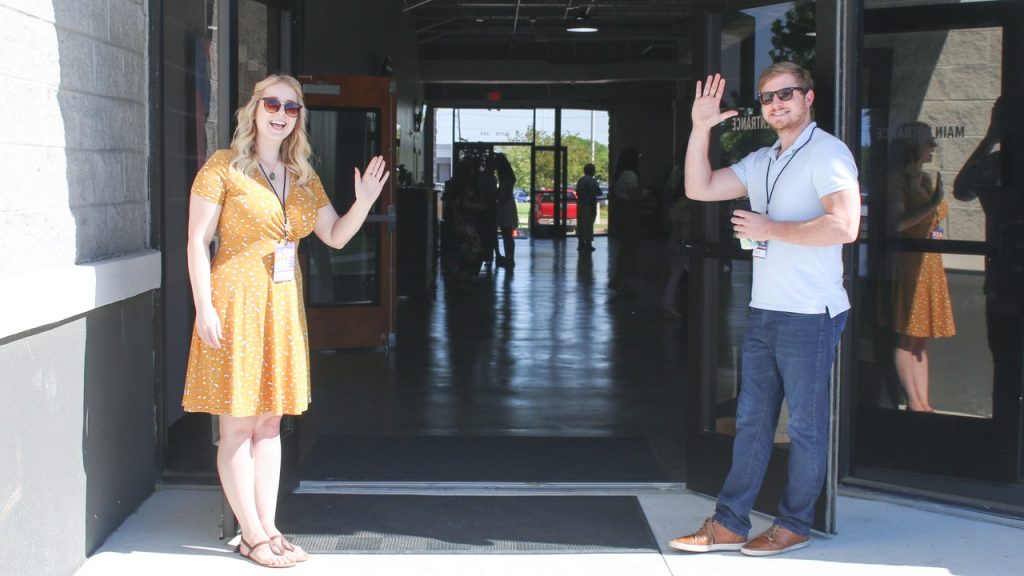Ontario has announced that it will be limiting the maximum allowable rent increase for 2023 to 2.5%. This decision was made in an effort to provide some relief to tenants who have been grappling with rising rent costs in recent years. While the move has been welcomed by some as a step in the right direction, others are less convinced that it goes far enough.
It’s worth noting that the 2.5% cap is only the maximum allowable increase, and landlords are free to set their own rent prices within that range.
It’s worth noting that the 2.5% cap is only the maximum allowable increase, and landlords are free to set their own rent prices within that range. This means that some tenants may still see their rent go up by more than 2.5%, depending on their specific circumstances. In addition, the 2.5% cap only applies to existing tenants – landlords are still free to charge new tenants whatever they see fit.
Critics of the measure argue that a 2.5% rent increase is still too high, particularly for those who are already struggling to make ends meet. They point out that wages have not kept pace with rising housing costs in many parts of the province, and that a more substantial rent freeze or rollback is needed to truly make a difference. Some have called for the government to implement a rent control system that would limit the amount by which landlords are able to raise rent each year, similar to what exists in other jurisdictions.
The issue of rising rent costs is a complex one, and finding a solution that works for everyone will not be easy. While the Ontario government’s decision to cap rent increases at 2.5% is a step in the right direction, it’s clear that more needs to be done to address the housing affordability crisis in the province. Until we see more comprehensive measures that address the root causes of rising rent costs, it’s likely that many tenants will continue to struggle to afford a place to live.
One potential solution that has been proposed is the implementation of a “rent-to-income” ratio, which would limit the amount of rent that a tenant is required to pay to a certain percentage of their income. This would help to ensure that housing costs remain affordable for people on a variety of different incomes.
Another approach that has been suggested is the expansion of government-funded housing programs, such as rent supplements and social housing. These programs can help to make rental housing more affordable for low-income individuals and families. In addition, building more rental units – particularly units that are affordable for lower-income renters – could also help to alleviate some of the pressure on the rental market.
Overall, it’s clear that addressing the issue of rising rent costs will require a multifaceted approach. While capping rent increases at 2.5% is a step in the right direction, it’s likely that more comprehensive measures will be needed to truly address the housing affordability crisis in Ontario.











